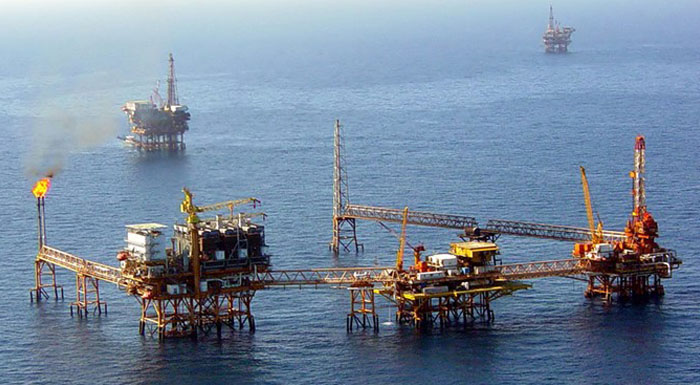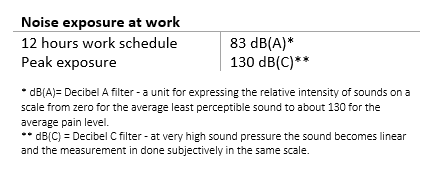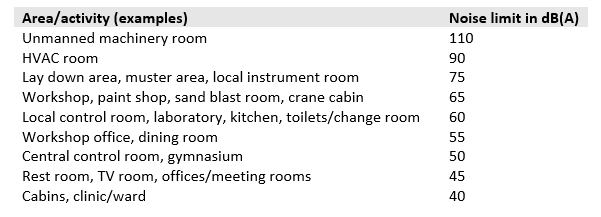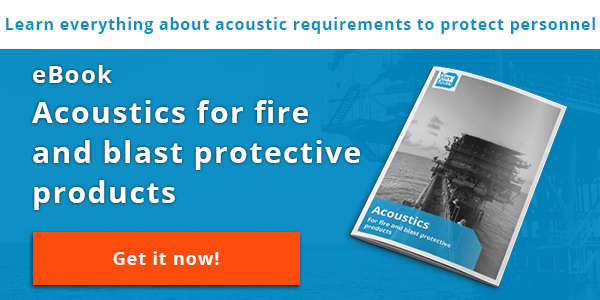
Noise control in working environments ensures good and efficient surroundings that promote productivity. This is no different for the offshore oil and gas industry. It is even more important since employees not only work there, but also sleep and rest in such environments (since it is kilometers away from ashore). Hearing problems and hearing loss are still main causes to health problems for offshore workers. The risk of health problems has been increasing because offshore oil exploration is moving to greater depths requiring heavier and more noisy machinery as a result. Besides health issues, excessive noise also hinder personnel from performing their task efficiently and productively. Such challenges have increased the emphasis on the importance of noise control.
NORSOK requirements
NORSOK standards are the leading standards in the offshore industry. The rules and requirements are developed by the Norwegian petroleum industry to ensure adequate safety, value adding and cost effectiveness for petroleum industry developments and operations.
The leading standards for offshore noise control are NORSOK S-002 and NORSOK C-002. The former one focuses on maintaining the quality of the working environment by means of design during the operational phase of the project. The latter one describes the rules and requirements for types of architectural requirements specifically.
The NORSOK S-002 standard states that the maximum exposure of an employee to noise during a 12 hour work day may not exceed 83 dB(A). The maximum allowable noise level in any situation is 130 dB(A) (peak). This limit also applies to enclosed "normally unmanned areas".

The main purpose of architectural products such as doors, walls and windows on offshore structures is: an adequate design to protect humans from excessive noise exposure. This can be achieved by applying sound insulation and sound absorption on the architectural products.
Requirements per area
An offshore structure has a number of compartments with different requirements for maximum sound levels. For instance, areas with heavy machinery may have a higher sound level than resting rooms and clinic areas. NORSOK S-002 has outlined the noise limits per area. Find some examples in the table below:

The strategy for noise control should be:
- to design and create a safe and cost-efficient offshore structure that does not compromise the well-being of personnel;
- and also at the same time operations and performance should not be compromised.
Therefore, noise will need to be addressed through the design and development of offshore structures.
Want to know more about noise control in the offshore industry? Download our eBook Acoustics for fire and blast protective products!







